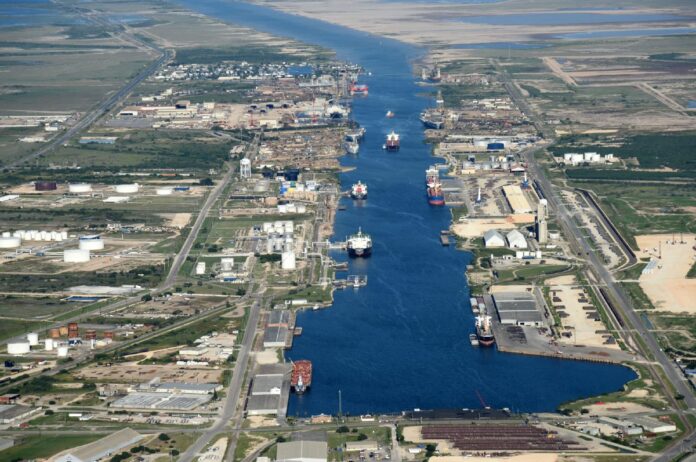And then there were two.
When Annova LNG, a subsidiary of Chicago-based energy giant Exelon Corporation, announced March 22 that it was immediately discontinuing its plans for construction of a liquefied natural gas export terminal at the Port of Brownsville, it left only Rio Grande LNG and Texas LNG the only entities still in pursuit of a potential final investment decision (FID), or decision to build the multi-billion-dollar facilities.
This in turn will depend on whether the companies can nail down sufficient foreign contracts to sell their product.
Annova, which in 2013 along with Texas LNG filed an application with the Department of Energy to export domestically produced natural gas to Free Trade Agreement nations, cited changes in the global LNG market conditions for its decision to abandon the project. What that means exactly isn’t clear, but 2020 was certainly a year of changes for industry in general due to the pandemic, a wild card that undercut global demand and sent every sector of oil and gas into a tailspin.
“Last year was a real issue,” said port Director and CEO Eduardo Campirano. “The pandemic was a real problem. The energy industry, it plummeted, and then toward the end of the year it began to pick up again.”
And while the energy industry is recovering as the global economy starts to shake off the pandemic, it doesn’t mean Rio Grande LNG and Texas LNG will ever get built, though one or both of them still could, he said. Ever since LNG companies began poking around the port it’s been a question of whether one, some, all or none of the proposed LNG terminals would reach FID. Rio Grande is expected to make that decision sometime this year and Texas LNG in 2022.
“I can tell you that from what I’ve been reading, the LNG market is really good, but it’s good for those that are in the market,” Campirano said. “Maybe the problem is it’s not good for those that are trying to get into the market.”
The Federal Energy Regulatory Commission has approved the expansion of existing LNG terminals such as Freeport LNG and Cheniere LNG in Texas and Louisiana.
“When the pandemic hit and everything stopped, we’ll obviously there was a big supply available on the global market,” Campirano said. “Now that supply has gone away and (foreign customers) are in the market of buying LNG again. The demand for U.S. LNG has increased, so they’re shipping it out.”
The three companies would not each have invested the multi-millions of dollars necessary merely to secure FERC approval to move forward with their projects if the companies’ market analysis had not made it seem a reasonable risk — but that was before COVID, he said.
The Sierra Club and other environmental groups have been celebrating Annova’s decision, having argued for years that whatever economic benefit the LNG facilities would produce is not sufficient to offset what environmentalists maintain would be substantial damage to the environment, the local economy and quality of life.
The port naturally is keeping its fingers crossed that at least one gets built because the revenue generated would be significant on multiple levels, including through LNG container ship operations.
“We’ve always been cautiously optimistic that these companies that are proposing to construct facilities at the Port of Brownsville, that they will successfully make FID,” Campirano said. “Now you only have two that are pursuing their objective, and at this point I don’t know anything that says they’re not.”





